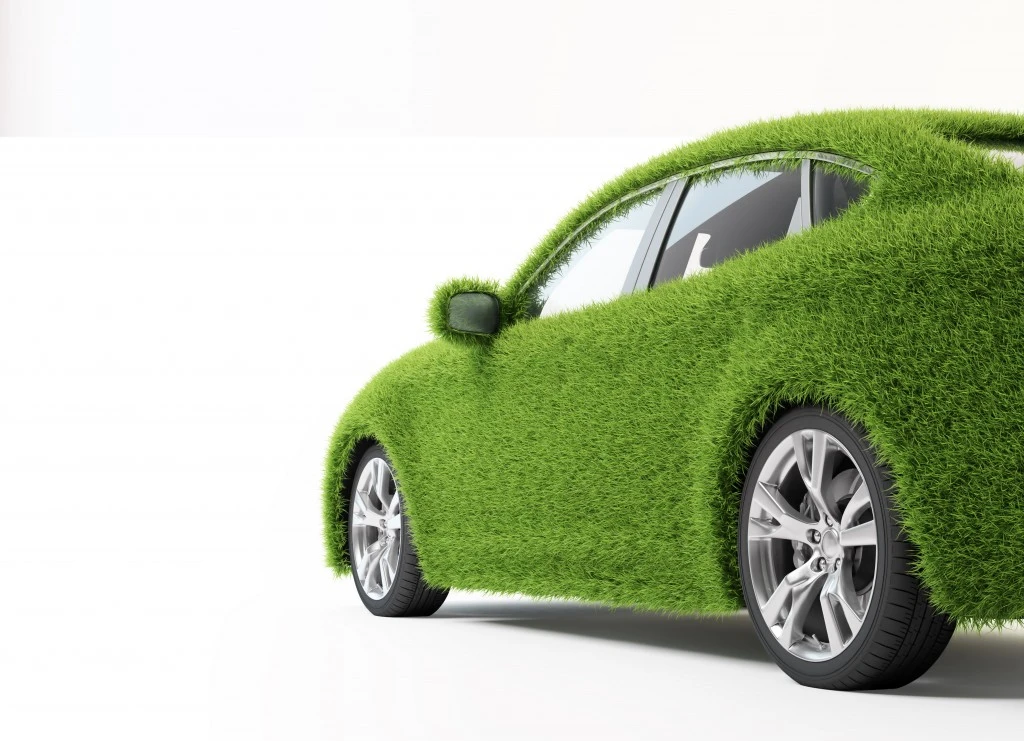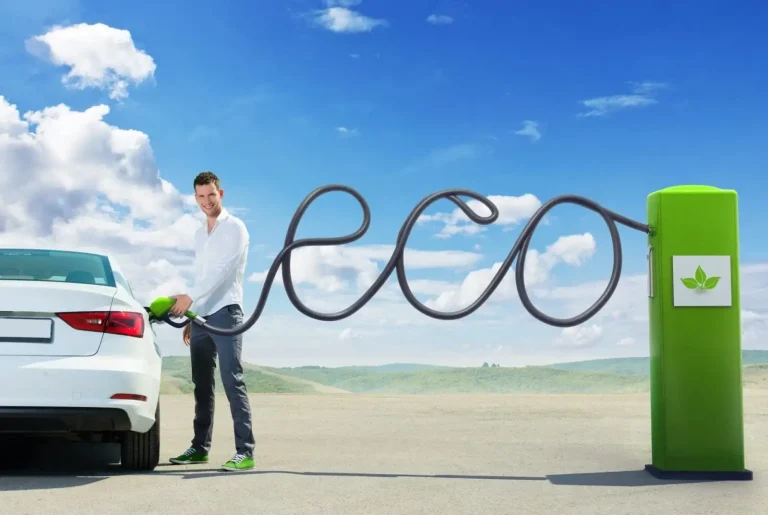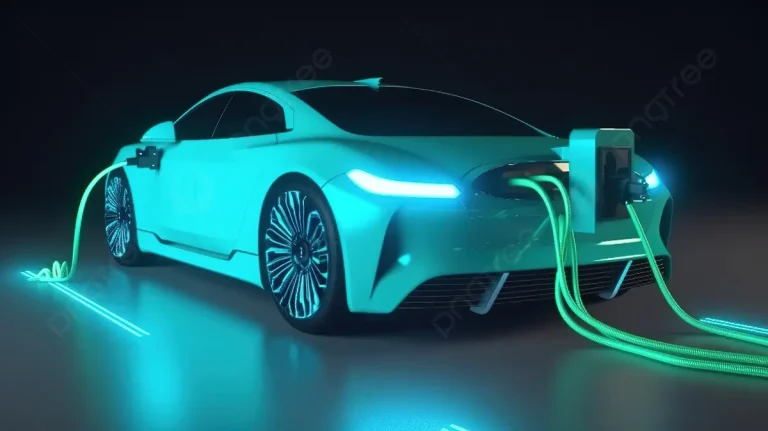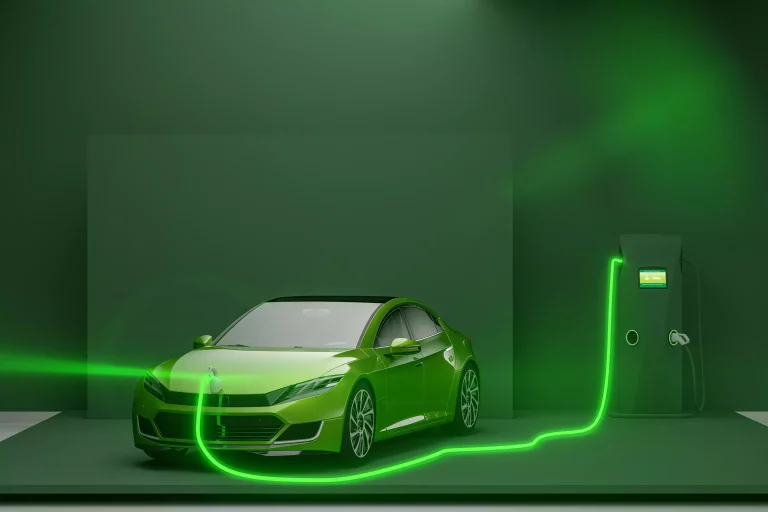A Brief History of Environmentally-Friendly Cars
The journey toward environmentally-friendly cars started long before the modern push for electric vehicles (EVs) and hybrids. In fact, the idea dates back to the 19th century when electric cars briefly competed with steam and gasoline-powered vehicles. Early electric models were quiet, clean, and easy to operate, making them popular in cities. However, limited battery technology and the rise of internal combustion engines pushed them out of the spotlight.
Fast forward to the late 20th century, and the oil crisis of the 1970s reignited interest in eco-friendly alternatives. Hybrid technology emerged as a viable solution, with the Toyota Prius leading the charge in the late 1990s. By the 2010s, advancements in battery technology and the success of companies like Tesla made EVs more practical and desirable. Today, the automotive industry is heavily investing in green technology, with electric and hybrid vehicles becoming increasingly common.
The Early Days: Electric Cars Take the Lead (1830s–1900s)
Long before gasoline-powered cars dominated the roads, the idea of electric vehicles (EVs) was already being explored. Scottish inventor Robert Anderson created one of the earliest prototypes in the 1830s, a carriage powered by non-rechargeable batteries. By the late 1800s, electric cars were gaining traction in cities like New York, favored for their quiet operation and lack of exhaust fumes.
However, these early models faced significant challenges:
- Limited Battery Technology: Early batteries provided minimal range and power.
- High Costs: Producing and maintaining electric vehicles was expensive.
- Emergence of Gasoline Engines: The invention of internal combustion engines in the early 20th century offered greater range and efficiency, leading to the decline of electric cars.
The Birth of Hybrid Technology (1900s)
As internal combustion engines gained dominance, some engineers sought a middle ground: hybrid cars. Ferdinand Porsche developed the Lohner-Porsche Mixte Hybrid in 1900, combining a gasoline engine with an electric motor. Despite its ingenuity, hybrid technology failed to gain mass appeal due to the affordability and reliability of gasoline engines.
The Mid-Century Decline and Revival (1930s–1970s)
The mid-20th century was marked by rapid advancements in gasoline-powered vehicles, sidelining electric and hybrid technologies. However, the 1970s oil crisis and rising environmental concerns reignited interest in eco-friendly transportation. While manufacturers experimented with EV prototypes, limitations in battery technology and lack of infrastructure hindered their adoption.
The Game-Changing Era: Hybrid Cars and Electric Innovations (1990s–2000s)
The late 1990s brought a breakthrough with the introduction of the Toyota Prius (1997), the first mass-produced hybrid vehicle. Combining a gasoline engine and an electric motor, the Prius demonstrated that hybrid technology could be both practical and efficient. This period also saw the introduction of General Motors’ EV1, an all-electric vehicle, which garnered a cult following despite its limited production.
Key advancements during this era included:
- Improved Batteries: The development of nickel-metal hydride batteries increased the range and performance of EVs.
- Hybrid Popularity: Major automakers began integrating hybrid technology into their lineups.
The Modern Electric Revolution (2010s–Present)
The 2010s marked a turning point for environmentally-friendly vehicles:
- Tesla’s Role: Tesla Motors revolutionized the EV market with the Roadster (2008) and Model S (2012), offering long-range capabilities and high performance.
- Mainstream Adoption: Automakers like Nissan, Chevrolet, and BMW launched affordable EVs, making electric cars accessible to the average consumer.
- Government Incentives: Tax credits, subsidies, and infrastructure investments encouraged EV adoption globally.
Beyond Electric: Hydrogen and Alternative Fuels
While EVs dominate the eco-friendly conversation, hydrogen fuel cell vehicles (FCVs) are emerging as another green alternative. These vehicles use hydrogen to generate electricity, producing only water as a byproduct. Brands like Toyota (Mirai) and Hyundai (Nexo) are pioneering this technology.
Challenges and the Road Ahead
Despite significant progress, eco-friendly cars face challenges:
- Infrastructure: Charging stations and hydrogen refueling networks remain sparse in many regions.
- Battery Recycling: Managing battery waste is critical to ensuring EVs remain environmentally sustainable.
However, the future looks promising. Advances in battery technology, renewable energy integration, and autonomous driving are paving the way for a transportation revolution.
What Does Eco-Friendly Mean in a Car?
An eco-friendly car is designed to reduce environmental impact compared to traditional gasoline-powered vehicles. These cars aim to:
- Lower emissions: By burning less fuel or using alternative energy sources like electricity or hydrogen, eco-friendly cars reduce the release of harmful pollutants like carbon dioxide (CO2).
- Increase fuel efficiency: Hybrids and EVs are built to use energy more effectively, helping to conserve resources.
- Minimize waste: Many green cars incorporate recycled materials in production and focus on sustainability throughout their lifecycle.
Eco-friendly doesn’t just mean electric. It includes hybrids, hydrogen-powered cars, and even highly efficient internal combustion vehicles with advanced emissions technology. The goal is the same: a smaller carbon footprint and a healthier planet.
Why Eco Is Better?
Switching to eco-friendly cars comes with several benefits, not just for the environment but also for drivers. Here’s why eco is better:
- Cleaner Air: Cars that produce fewer emissions contribute to reducing air pollution, which is a major issue in urban areas.
- Cost Savings: Electric vehicles and hybrids are more energy-efficient, leading to savings on fuel costs. Additionally, governments often offer tax credits or incentives for buying green vehicles.
- Energy Independence: Relying on electricity or alternative fuels reduces dependence on finite fossil fuels like oil.
- Quiet and Smooth Rides: Electric motors are quieter and often provide a smoother driving experience compared to traditional engines.
- Future-Proofing: As regulations on emissions become stricter, eco-friendly cars are a way to stay ahead of the curve and contribute to sustainability.
Why Do Cars Have Eco Mode?
Many modern vehicles come with an eco mode, a feature designed to optimize the car’s performance for maximum fuel efficiency and minimal environmental impact. Here’s how it works:
- Reduced Power Output: Eco mode adjusts the engine’s power delivery, ensuring it uses less fuel during acceleration.
- Optimized Air Conditioning: It scales back the energy used by systems like air conditioning, which can otherwise drain fuel or battery power.
- Transmission Adjustments: In automatic cars, eco mode may alter gear shifting to prioritize efficiency over speed.
Eco mode is particularly helpful for city driving or long-distance cruising, where small changes in energy use can lead to significant savings over time. It’s a smart way for drivers to reduce their environmental footprint without switching to a hybrid or electric car.
Are Cars Good for the Environment?
This is a tricky question because traditionally, cars have not been good for the environment. Gasoline and diesel vehicles release greenhouse gases, such as CO2, contributing to global warming and poor air quality. However, eco-friendly cars are changing the narrative.
- The Problem with Traditional Cars: Internal combustion engines burn fossil fuels, releasing harmful emissions that degrade air quality and contribute to climate change.
- The Solution in Green Cars: Modern eco-friendly vehicles significantly reduce or eliminate these emissions. Electric cars, for instance, produce zero tailpipe emissions and can be powered by renewable energy sources like solar or wind.
That said, it’s essential to consider the full lifecycle of a car, including manufacturing and recycling. Even eco-friendly vehicles have an environmental cost, especially in battery production. However, as technology improves and recycling processes become more efficient, cars are becoming increasingly beneficial for the environment.
Conclusion
The history of environmentally-friendly cars reflects humanity’s resilience and ingenuity in addressing environmental challenges. From early electric prototypes to modern hybrids and EVs, each milestone has brought us closer to a sustainable future. As governments, automakers, and consumers continue to embrace green technologies, the vision of a cleaner, greener world is becoming a reality.
Stay tuned as the automotive industry continues to innovate, driving us toward a future where environmentally-friendly cars are the norm, not the exception.





